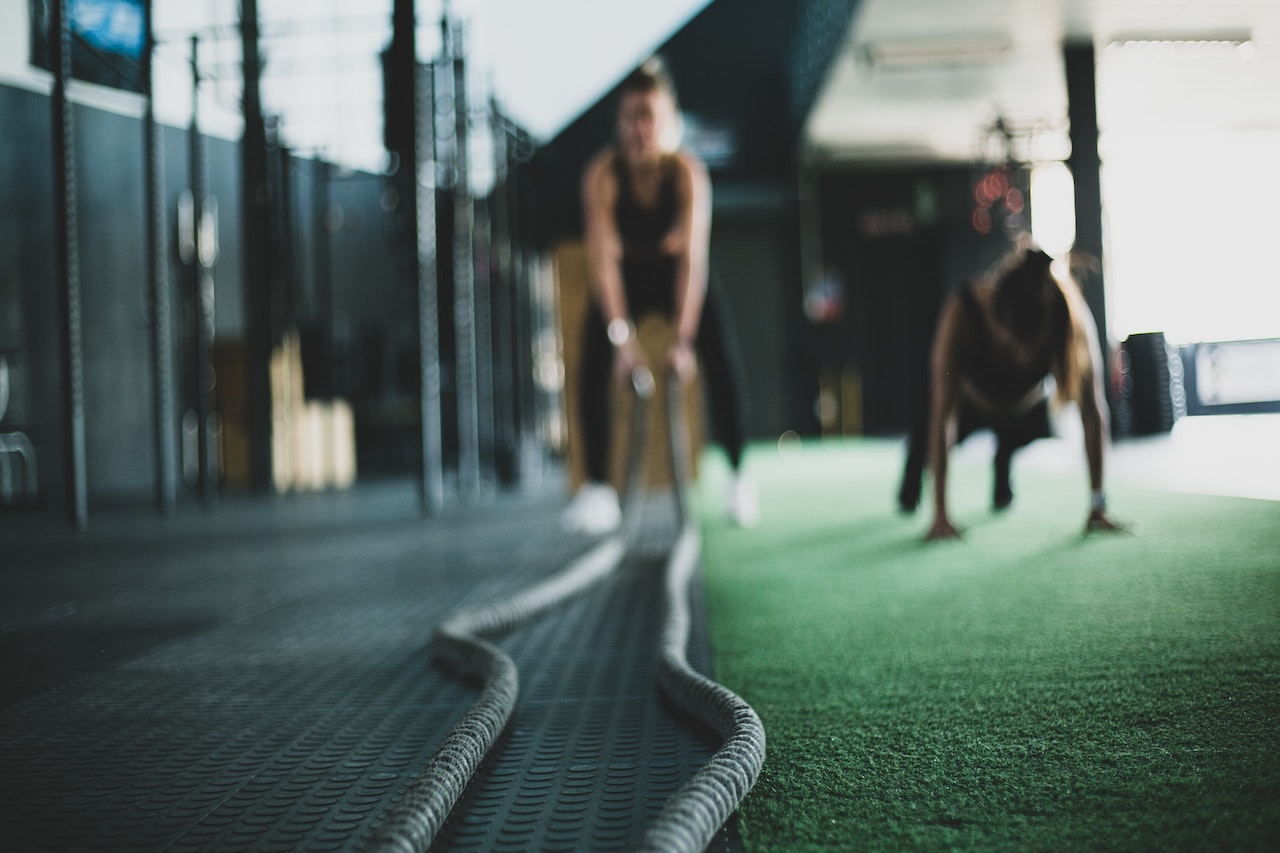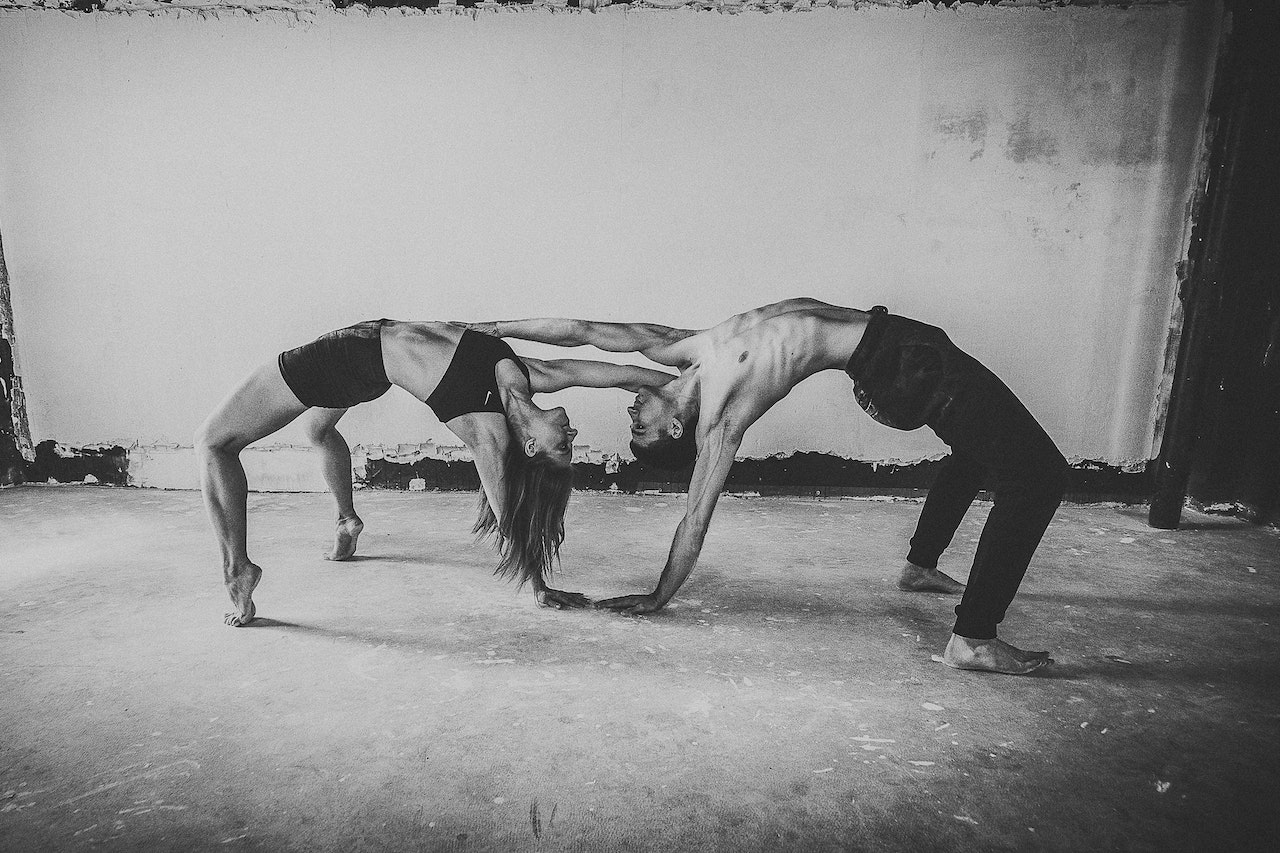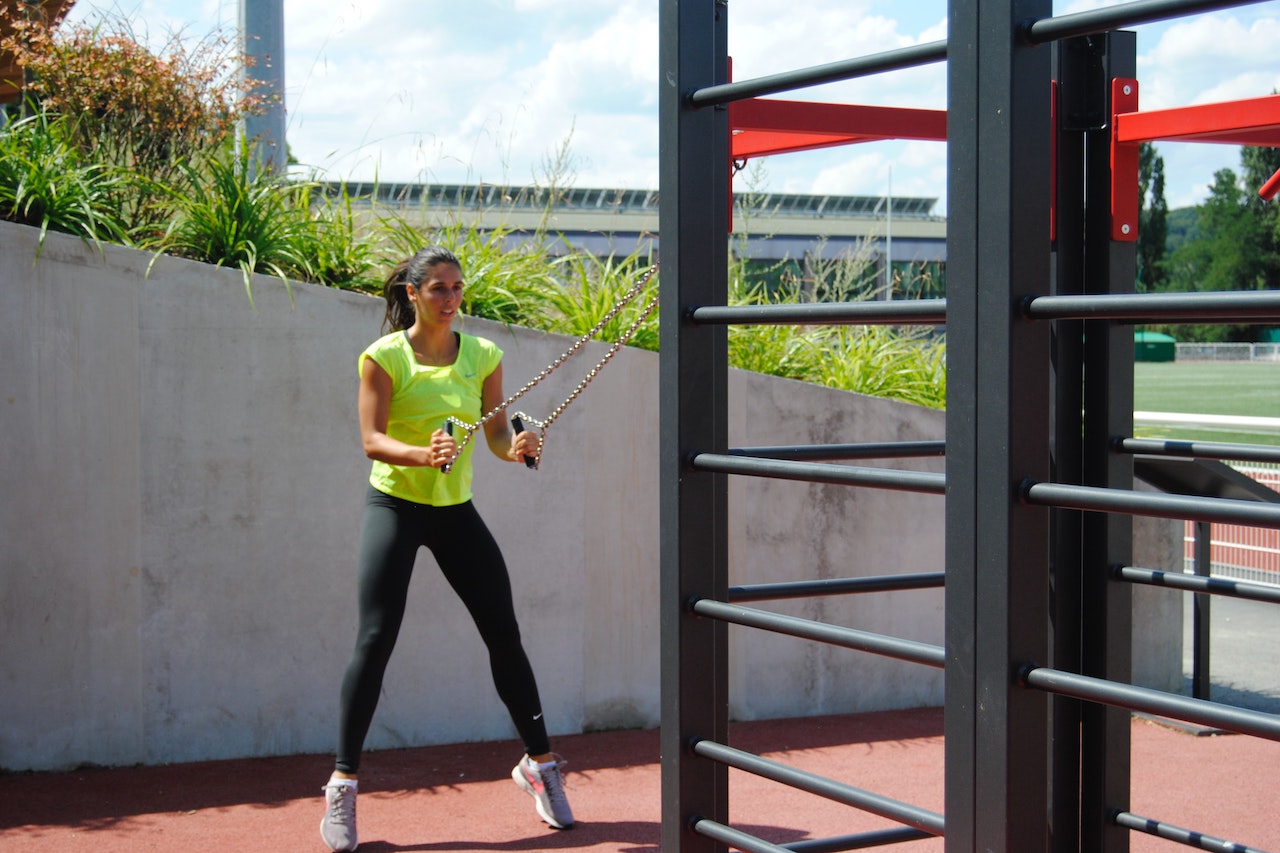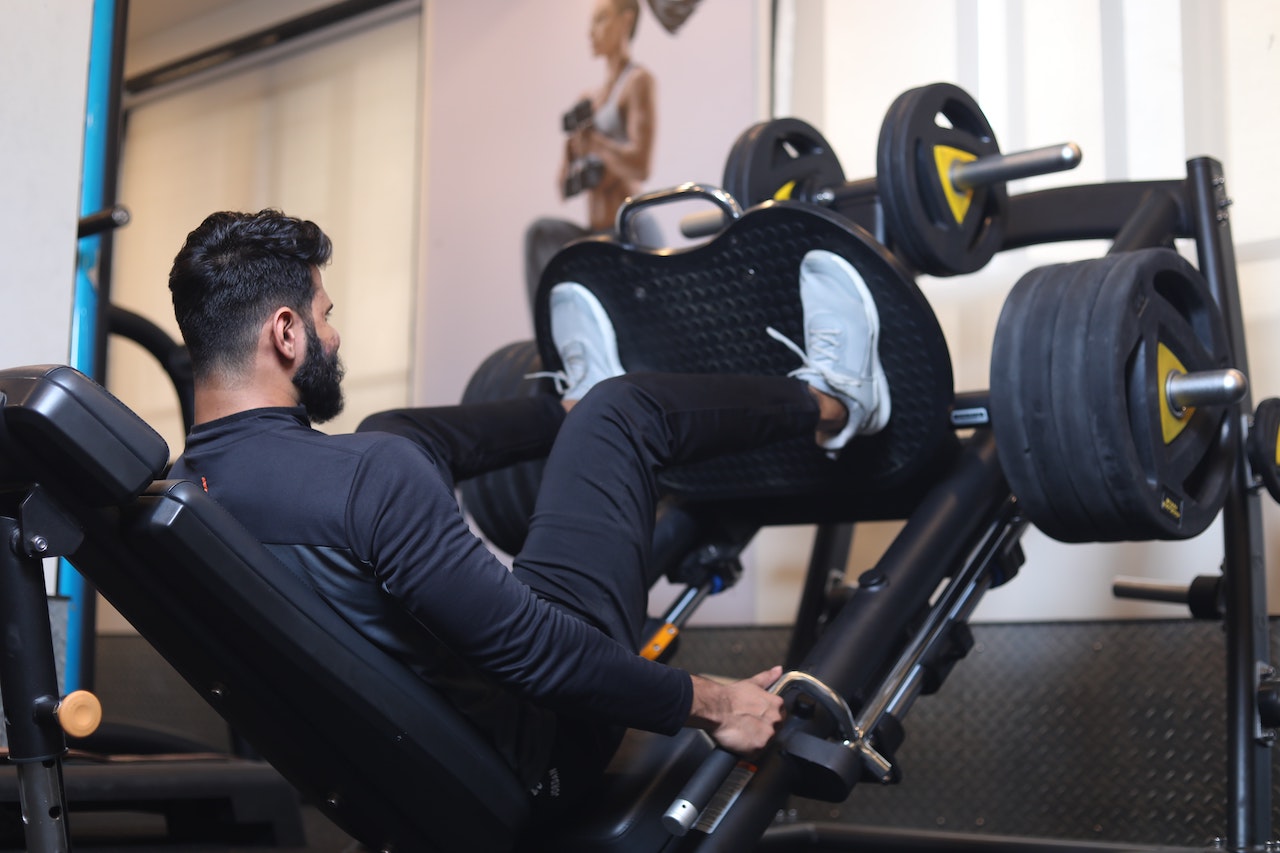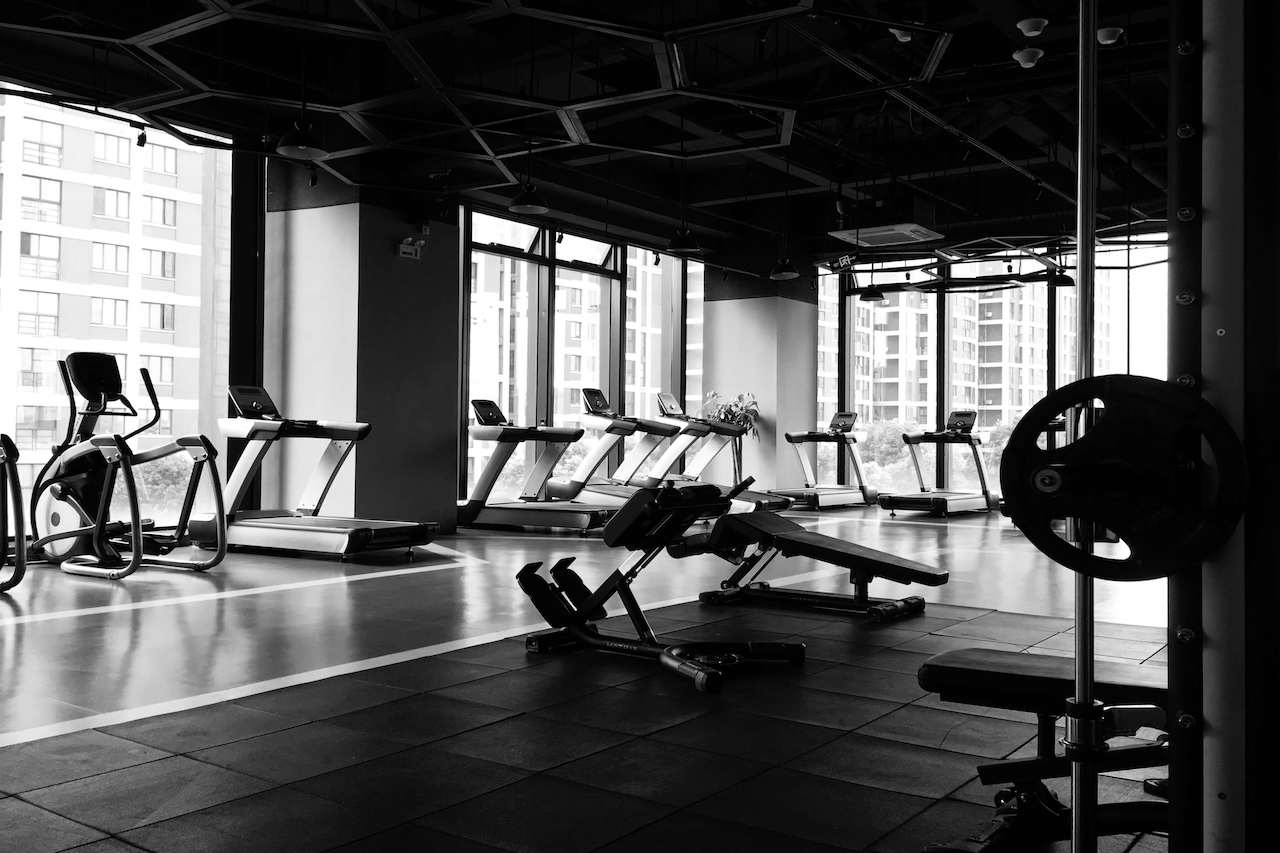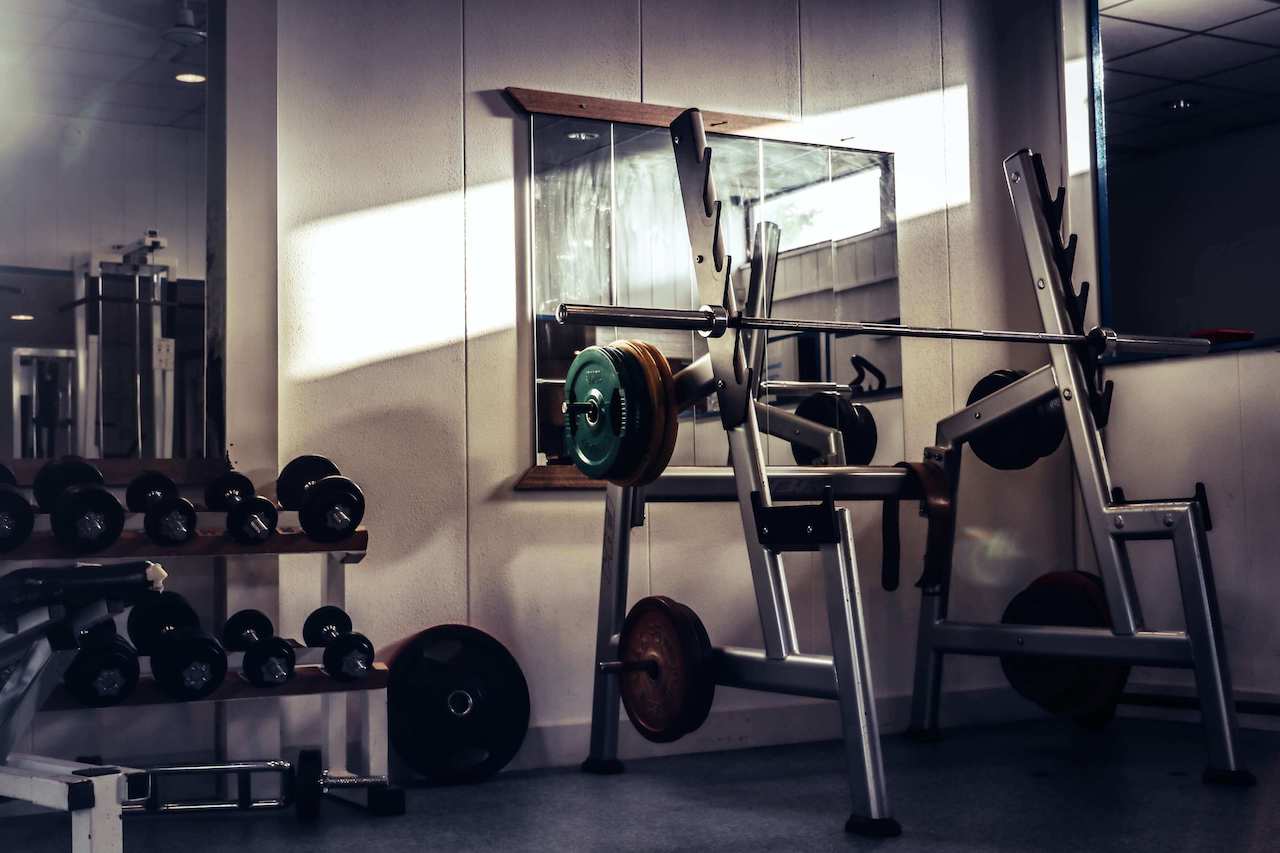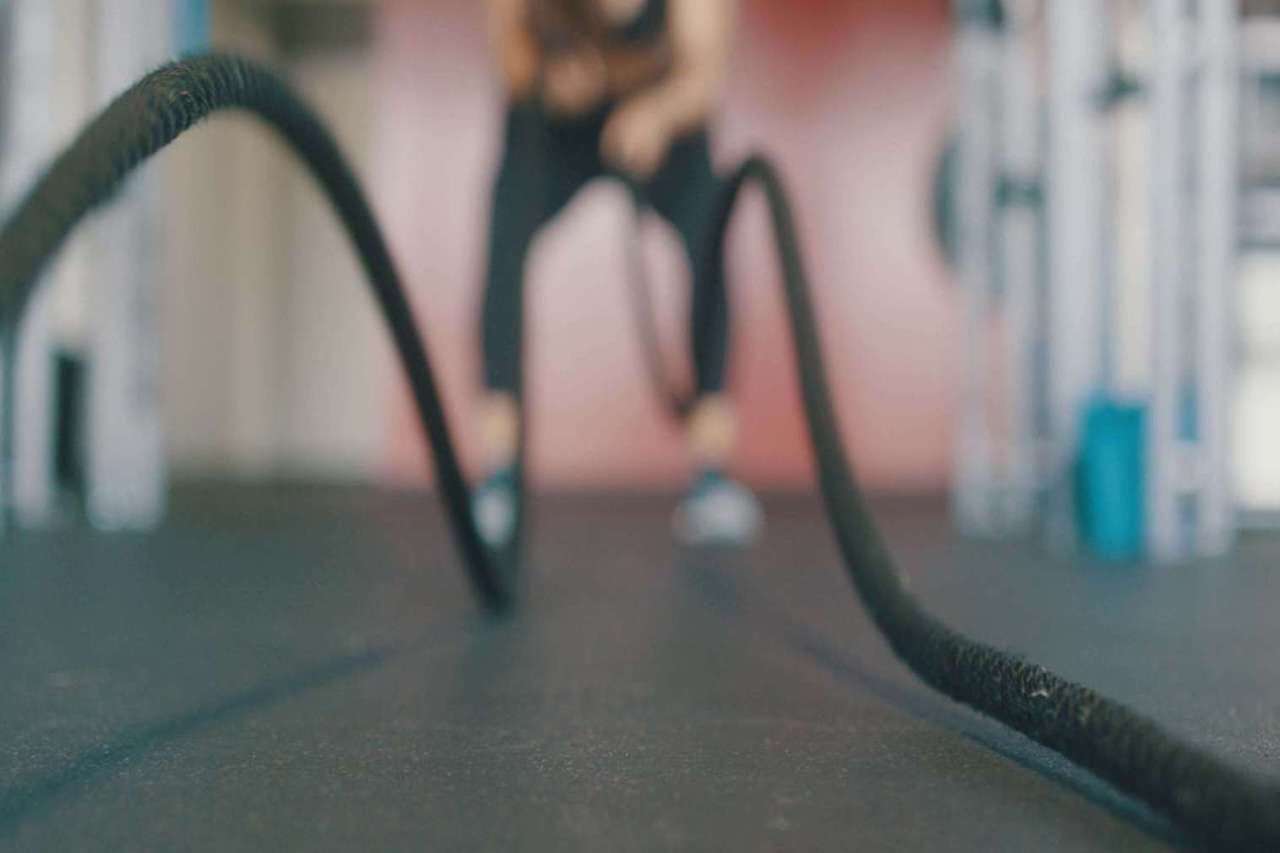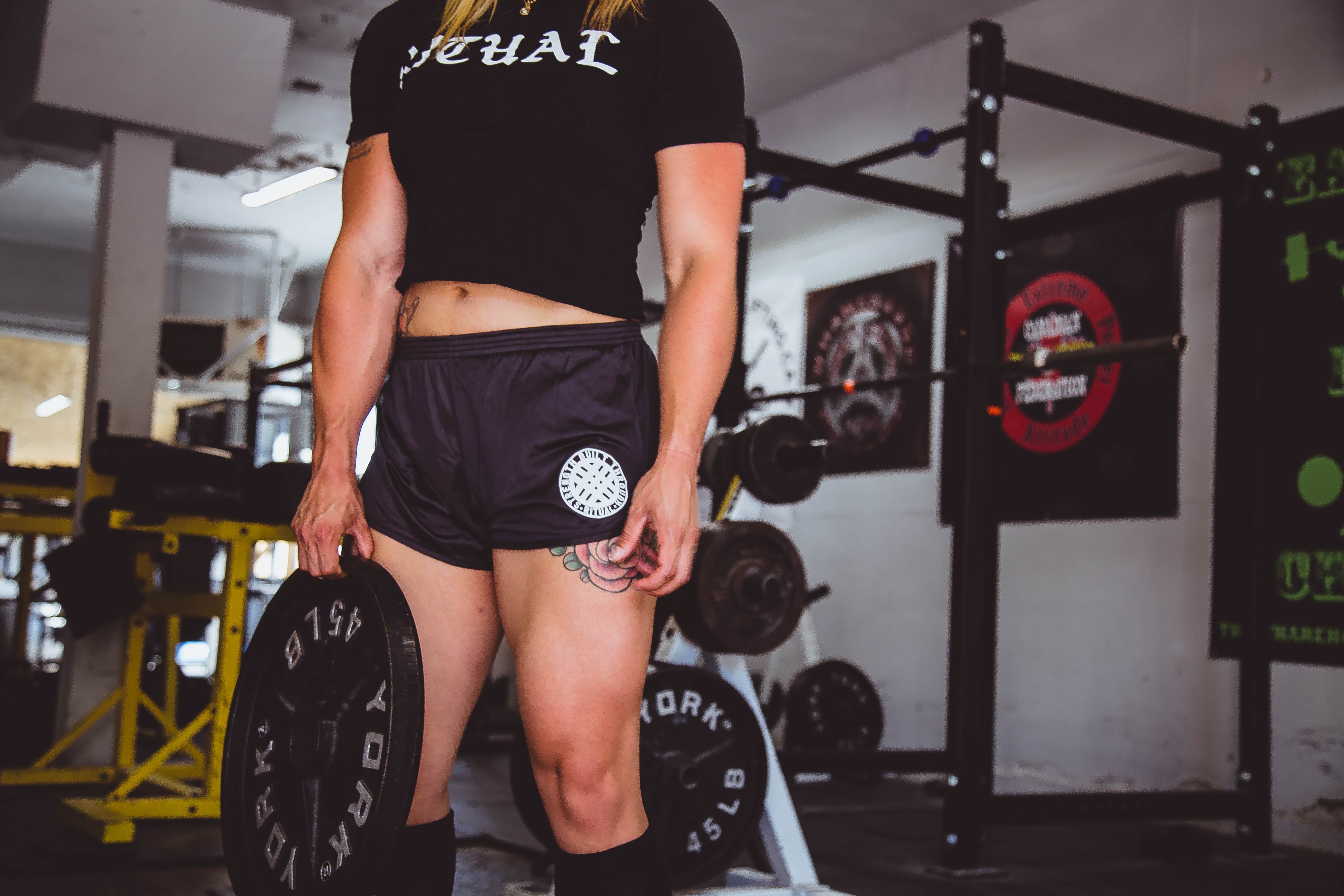In fitness training you can break down your workout areas (muscle groups) in a number of ways. There are many different ways and many times it can be confusing. For example, do you work out for six days in a row without resting and then rest on the seventh day? Or do you work out for two days and then rest one day? Or, do you work out for three days and then rest for one day?
And how do you divide the training zones during these days?

Let's examine the different breakdowns and see how they apply in practice.
What is a breakdown workout?

If you are not working your whole body in one workout then you must be using the breakdown method of fitness.
Types of breakdowns
Push and pull training.
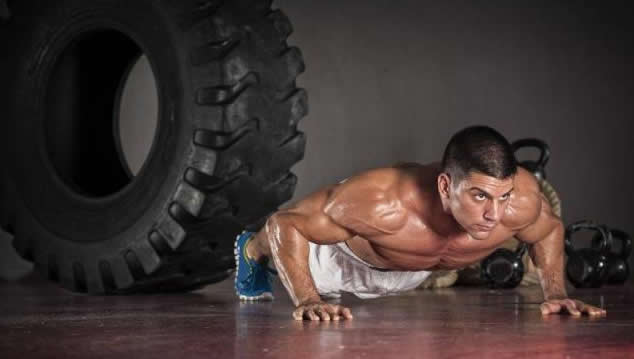
A common training method is to train all the "Pushing muscles" In one phase, that is, all the muscle groups that exert force when pushing outwards. In another phase, all the "Pulling muscles" Are trained, all the muscle groups that pull inwards. The "Pushing muscles" Consist of the chest, shoulders and triceps. The "Pull muscles" Consist of the back muscles and the biceps. The abs, calves and legs are trained separately.

This is often referred to as a "Push/pull" Breakdown programme. The principle behind the push/pull movement can be explained as follows: When you train your chest, you also use your shoulders and triceps to 'push the weight'. When you train your shoulders, you in turn, use your triceps muscles to push the weight.
Likewise, during the pull, when you train your back, you also incorporate your biceps to help with the pulling movement. The idea is to combine body parts that help each other and therefore get fatigued during a particular workout. The pull/push breakdown method is one of the great ways to do this and is the primary way many people train.
Antagonistic muscle workouts.
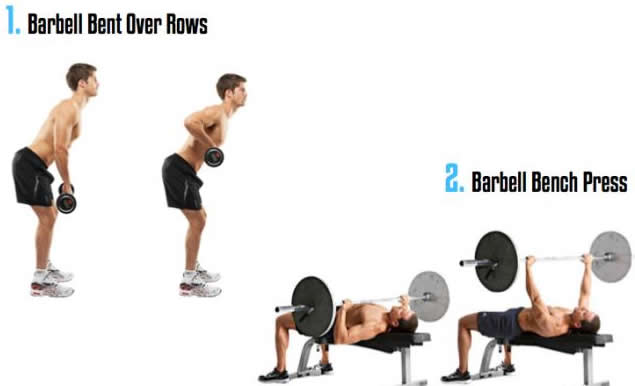
The back and chest are trained together, the arms and shoulders are trained together and then the legs are trained separately.
The reason for this breakdown is that by training the chest and back, a lot of blood is kept in the torso, creating a great pumping sensation. The arms (biceps and triceps) and shoulders also get a great workout from the chest/back, so you have to be careful not to overwork them on shoulder or arm day. A typical way of doing this particular workout is to train the chest and back on day one, the legs on day two and the arms and shoulders on day three. This allows you to take a day off after the arm and shoulder workout.
Train only one body part per day:.



This method works well for some people. Train one part of the body each day. For example, on the first day you might train your chest, on the second day you might train your biceps, on the third day you might train your legs, and so on, until you have completed the entire body cycle over the course of a week.
The only downside to this system is that there is a lot of time between workouts for each body part, which in our opinion is detrimental. It would be better to train each body part every 72 hours, or approximately every three days (this also depends on each person's ability to recover and training schedule). Sometimes we may have more rest than this.

Now that we have discussed breaking down body parts and muscle groups, organising an effective workout is just as important as choosing when to workout. Understanding the various types of training plans and their advantages and disadvantages, and trying and choosing according to your own training time and physical condition will help you to get the most out of your workouts.


